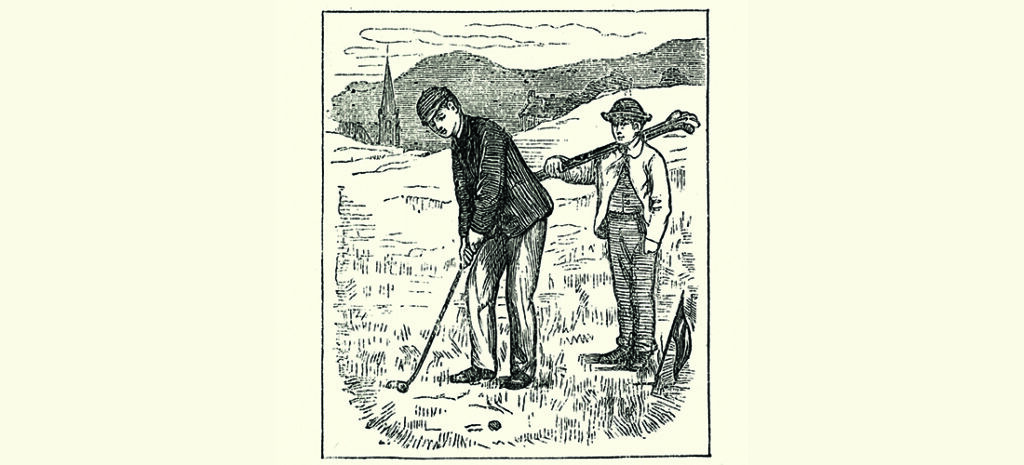Simple Life

A Welcome Loss
Sometimes less really is more
By Jim Dodson
At the end of 2022, I decided I was going to give myself either a new left knee or lose 30 pounds before the end of 2023.
Well, miraculously, I managed to do both. I actually dropped 50 pounds and discovered that my formerly dodgy knee works just fine, almost good as new. No replacement needed.
In the most well-fed nation on Earth, losing weight seems to be our truest national pastime. But for me, the first 25 pounds came off quickly.
There’s no big secret to how I managed to accomplish the feat: I did it the old-fashioned way. I simply ate less of everything I thought I couldn’t live without — ice cream, real ale, double cheeseburgers, crusty French bread, pizza, jelly beans, diet soda and my talented baker-wife’s insanely delicious pies, cakes and cookies. (To my surprise, once I cut back, my craving for them diminished.) I also walked more and drank enough water each day to fill a small bathtub.
Then, in early summer, my family doctor suggested I go on a new wonder drug intended for borderline and Type 2 diabetics, a disease I inherited a few years back from my dad and sweet Southern grandma.
The new drug is a weekly injection you take via an EpiPen-like device by poking yourself in the thigh or abdomen. By helping your pancreas produce more insulin, it lowers your blood sugar.
This drug, however, has some side effects that experts have been exploring. One report suggests that it may have positive outcomes for treating alcoholism and depression. But what has really caught the public’s attention is that it can cause significant weight loss. While visiting my daughter in Los Angeles recently, I learned that it’s in such high demand for this side effect that it’s being bought up by the caseload. Health authorities have expressed concern that this practice could result in people who really need it not being able to get it.
I can attest to that. To date, I’ve lost another 25 pounds on it, principally because it reduces your appetite for anything, which means you eat less and enjoy what you do eat more — or at least I do.
Could it be a new wonder drug?
At a time when the FDA and makers of modern drugs and vaccines are often under attack, it’s worth remembering that sometimes, these wonder drugs do, actually, exist. And we’ve seen them before.
Those of us who are old enough to remember the scourge of polio know how it terrorized domestic American life. When I was a kid, it was the most feared disease in America.
To this day, I still think about a sweet girl named Laurie Jones who sat behind me in Miss Brown’s fifth grade class. She wore a crisp Girl Scout uniform every Wednesday for her after-school scout meetings. Laurie’s thin legs needed braces as a result of battling polio since the third grade, but she had the sunniest personality of any kid I knew. I sometimes walked with Laurie to her school bus to help her get safely onboard. She told me she planned to become a nurse someday.
One day, Laurie Jones didn’t come to school. Miss Brown tearfully informed us that she had passed away. The entire classroom sat in stunned silence.
A short time later, the entire school lined up in the auditorium to take a sugar cube dosed with the latest Salk vaccine. It was the week before school let out for Christmas. They played music and gave us cupcakes and little hand-clickers — perhaps the original fidgets — labeled “K-O Polio.” Funnily enough, my dad was on the advertising team that came up with the plan to promote the new vaccine in public schools across North Carolina. Those hand-clickers drove parents and teachers across the state nuts for months.
But, according to the CDC, just since 1988, more than 1.5 million childhood deaths have been prevented with the vaccine.
So maybe that’s why I’m so ready to believe in this new wonder drug. Thanks to modern science and my own desire to have less of me to love, I’m off blood pressure medicine and my sugar count is perfectly normal. I haven’t physically felt this good since I was driving my own mother nuts with the K-O Polio clickers.
I really have only one silly problem now: none of my old clothes fit. Losing four pant sizes makes me look like Charlie Chaplin minus the top hat and cane.
Until several pairs of new jeans and khaki trousers arrive, I shall uncomplainingly do as T.S. Eliot’s J. Alfred Prufrock did as he walked through the evening dusk of a town filled with memories: I grow old . . . I grow old . . . I shall wear the bottoms of my trousers rolled.
At unexpected moments, I still think about sweet Laurie Jones, who lost her life before the Wonder Drug saved her, wishing I could have said goodbye. PS
Jim Dodson can be reached at jwdauthor@gmail.com.




































